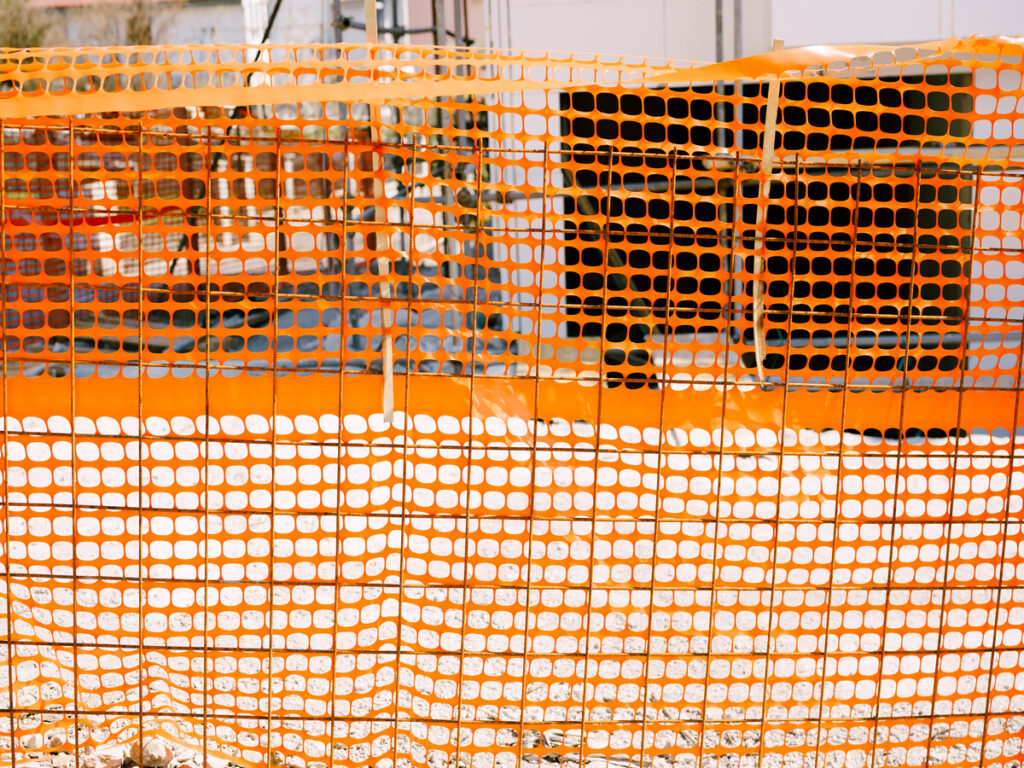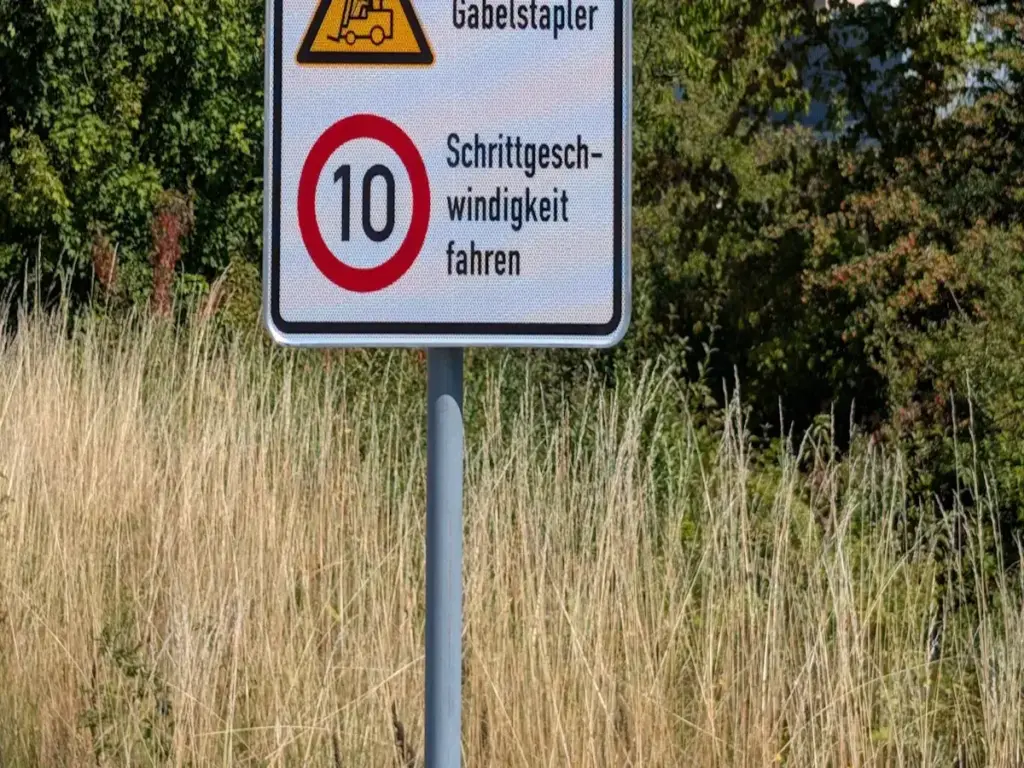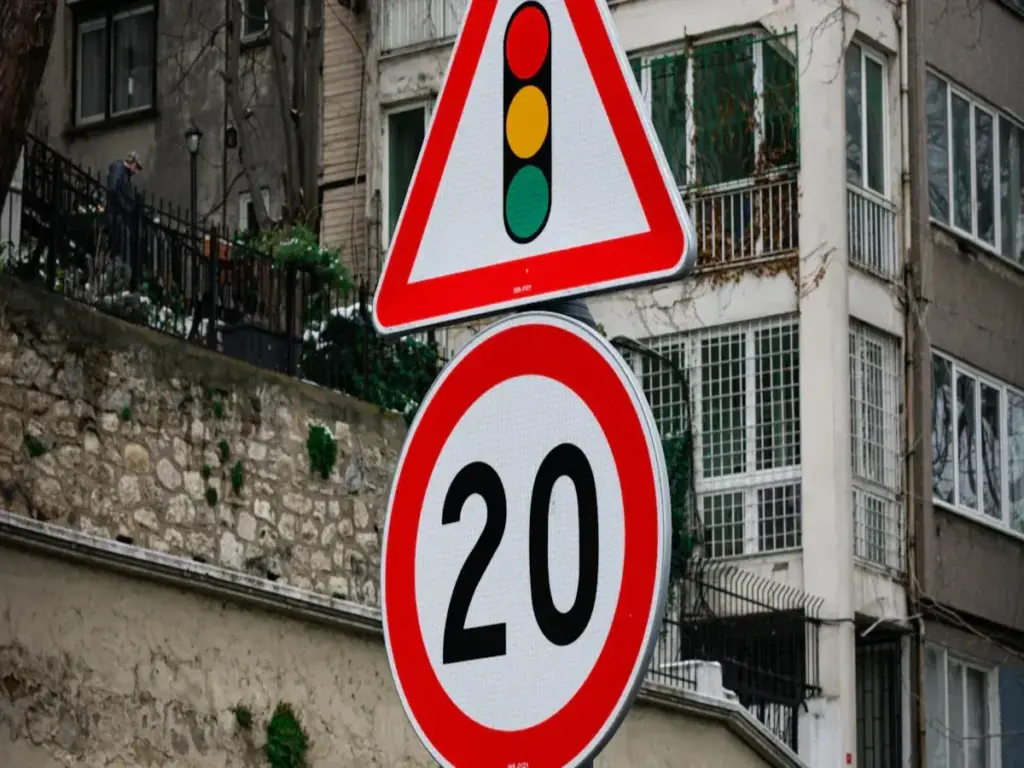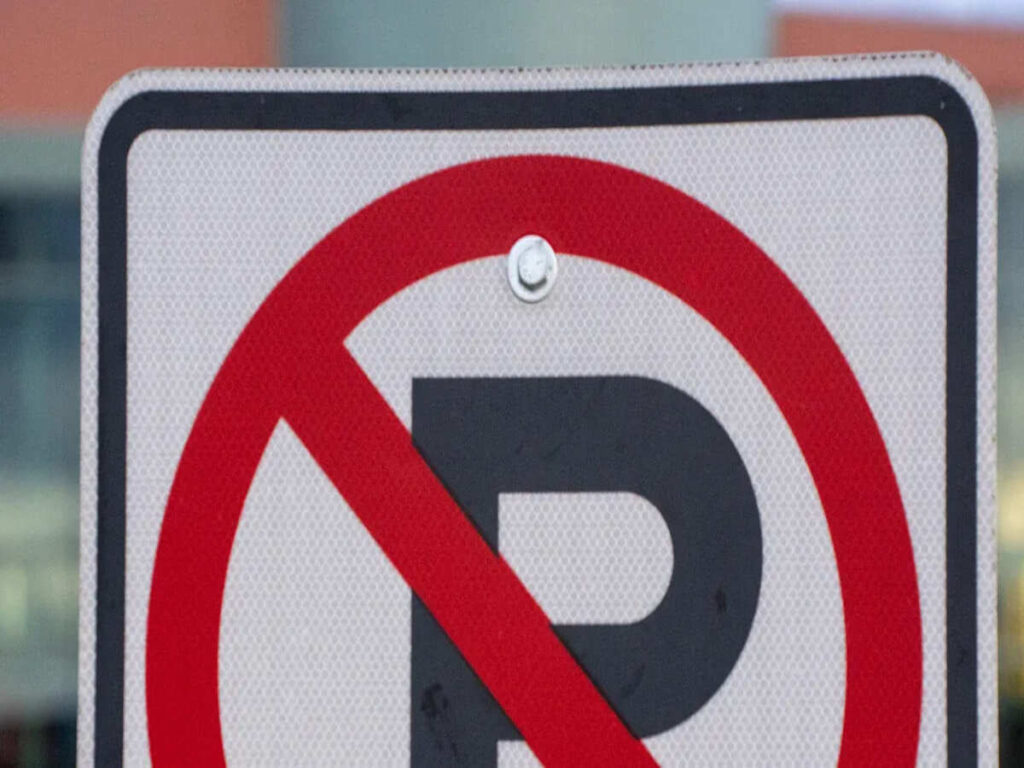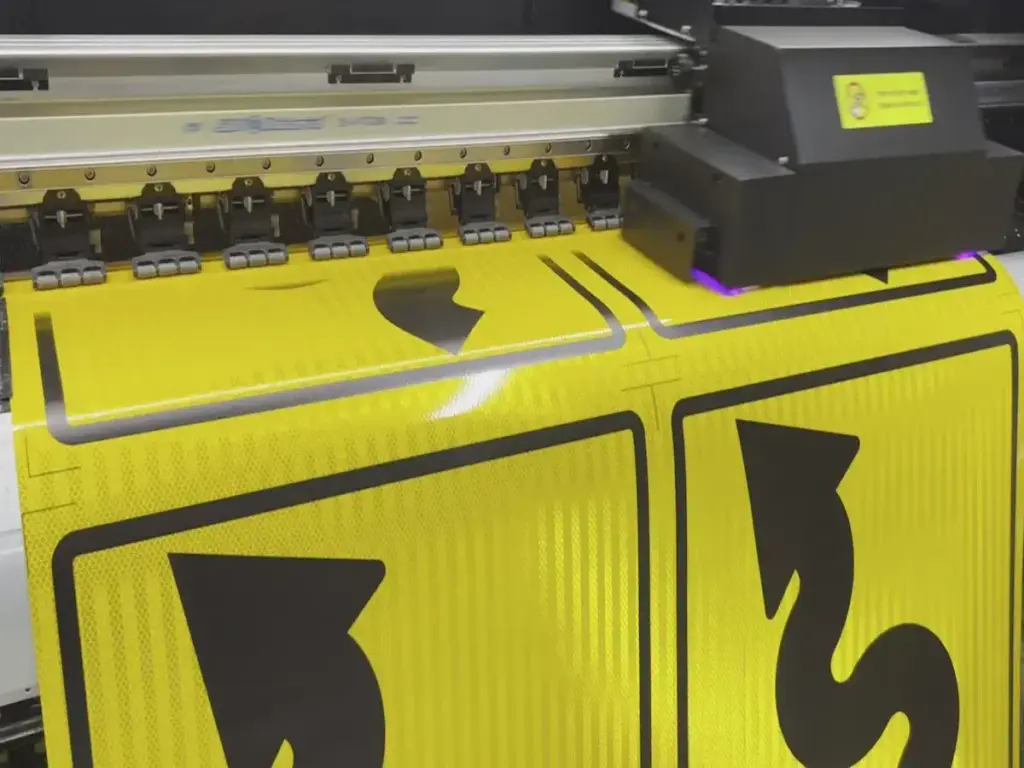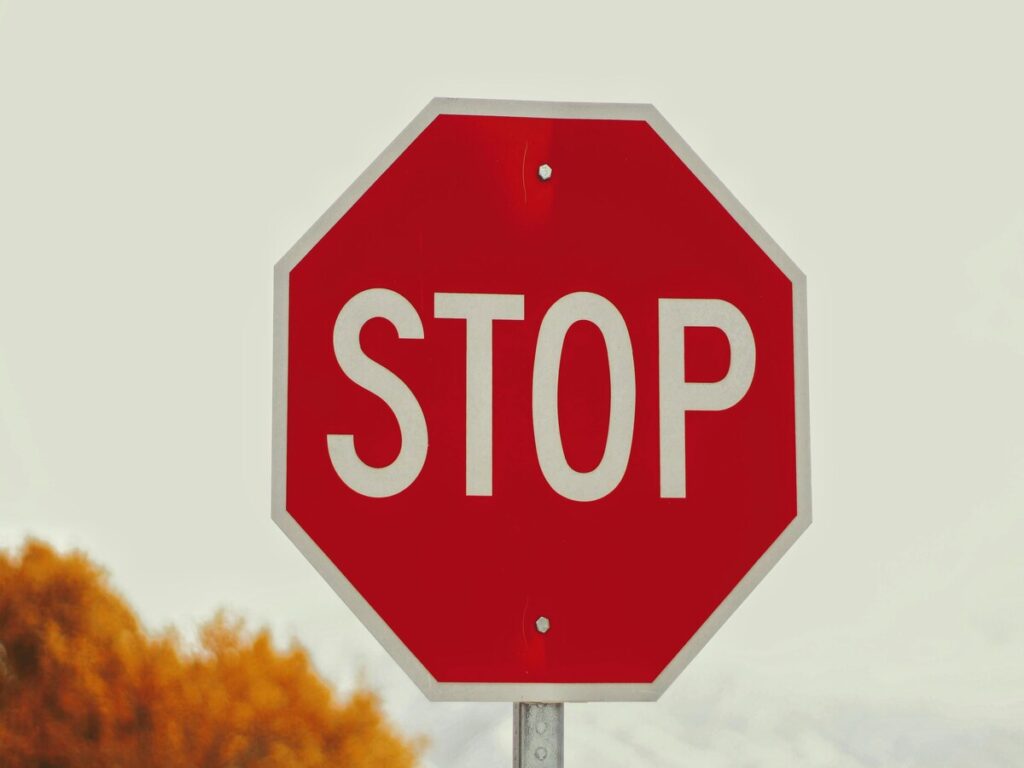
Stop signs are vital traffic control devices used worldwide to regulate the flow of vehicles and ensure pedestrian safety. By adhering to globally recognized standards, such as the Vienna Convention and MUTCD, stop signs ensure consistency, making it easier for drivers to understand their meaning, no matter where they are. Studies show that standardized stop sign designs can reduce accidents by up to 25% at high-risk intersections.
While the core purpose of stop signs remains the same across the globe—to signal vehicles to halt and prevent accidents—regional variations in language and design elements exist. Understanding these differences, alongside the role of international standards, enhances road safety, minimizes driver confusion, and improves compliance at crossings worldwide.
At OPTRAFFIC, we design stop signs that not only comply with international regulations but also cater to local needs, ensuring maximum visibility, clarity, and safety for all road users. No matter where you drive, a clear and compliant stop sign can prevent accidents and save lives.
Key Takeaways
- Stop signs have a red octagon shape with white letters. This helps drivers see them fast and stay safe.
- There are different stop signs like standard, all-way, and temporary ones. These signs help control traffic and stop accidents at crossings.
- Many countries use global rules from the Vienna Convention. This makes stop signs look the same and easy to understand everywhere.
- Bright and clear stop signs help drivers see better and follow rules. This lowers crashes, especially at busy or hard intersections.
- New smart and eco-friendly stop signs use technology and recycled things. They help make roads safer and protect the environment.
Global Standards for Traffic Stop Signs
Vienna Convention Overview
The Vienna Convention on Road Signs and Signals started in 1968. Many countries agreed to use the same rules for road signs. The main idea was to make stop signs look the same everywhere. This helps drivers know what signs mean, even far from home. The law says countries should use the same shapes, colours, and symbols for important signs. This makes it easier for people to follow traffic rules and stay safe.
The Vienna Convention talks about many kinds of road signs. It covers regulatory signs, warning signs, and information signs. The stop sign is a very important regulatory sign. The law also says where to put these signs so drivers can see them well. When countries follow these rules, it helps stop confusion and accidents.
The Vienna Convention lets drivers feel sure when they see a stop sign in a new country. They know what the sign means because the rules are the same.
Universal Stop Sign Features
Stop signs are universally recognized and follow standardized specifications to ensure maximum visibility and compliance. The red octagon shape, accompanied by bold white letters spelling “STOP”, is designed for clarity and immediate recognition, even from a distance. This design is mandated by international road safety guidelines, such as the Vienna Convention and MUTCD, to maintain consistency across borders and reduce confusion for drivers. The unique octagonal shape is critical, as it allows the sign to be identified even if it is obstructed by snow, dirt, or weather conditions, ensuring it remains visible and effective in all environments.
A table below shows the main things about a standard stop sign:
| Feature | Description |
|---|---|
| Shape | Octagon |
| Colour | Red background |
| Lettering | White, bold letters |
| Purpose | Regulatory sign |
Stop signs with these things help with traffic and safety. Making signs the same means drivers from different places can react fast to a stop sign. This lowers mistakes and helps stop crashes. The law supports this because it saves lives and keeps roads safer. Stop signs, as part of regulatory signs, are very important for traffic. When countries use the same stop sign rules, travel is safer for everyone.
Types of Stop Signs
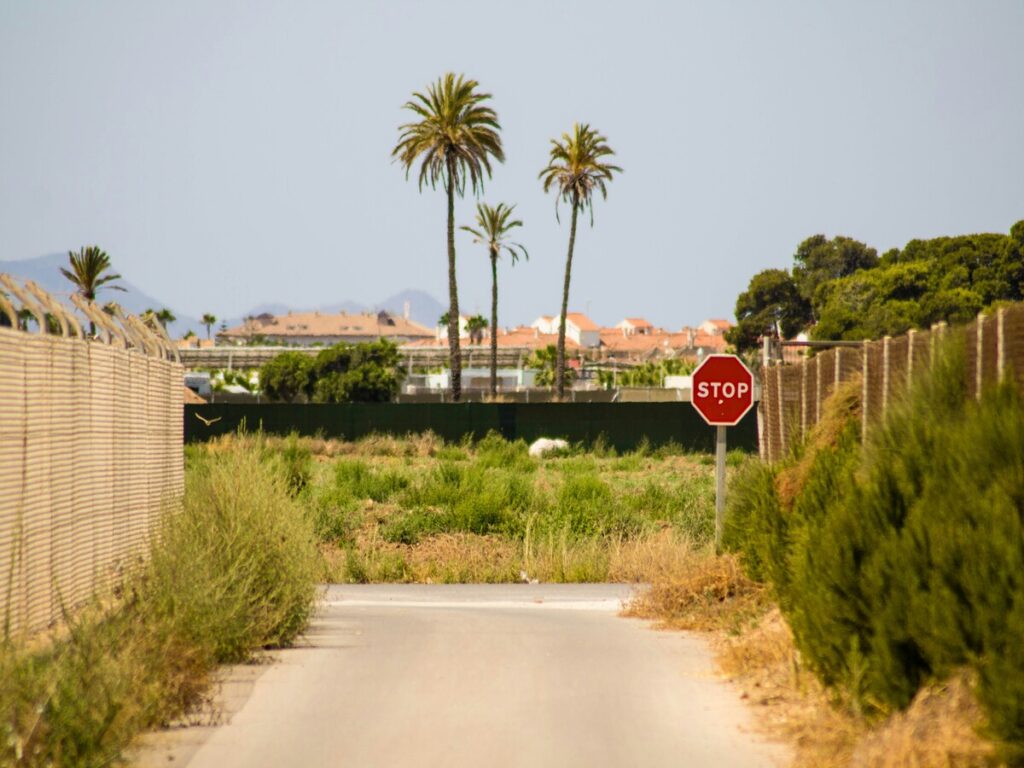
Knowing about different stop signs helps drivers follow rules. Each stop sign type has its own job in traffic. These signs are part of regulatory signs. They tell drivers what they must do. Road signs like these keep order on busy roads and at crossings.
Standard Stop Sign
The standard stop sign is the one most people see. It has eight sides, a red background, and white letters that say “STOP”. You find standard stop signs at crossings where cars must stop fully before going. These signs are regulatory signs. They give clear orders that drivers must obey.
Standard stop signs are easy to spot and understand. The shape helps drivers know the sign, even if snow or dirt covers it. Studies show these signs slow cars by about 20 km/h at crossings. Slower cars mean fewer crashes and safer roads. Reflective materials on stop signs help drivers see them at night or in bad weather. A study found that brighter stop signs led to fewer rear-end crashes and fewer accidents at three-way crossings. This proves that small changes to stop sign rules can make roads safer.
| Feature | Standard Stop Sign |
|---|---|
| Shape | Octagon |
| Colour | Red with white letters |
| Placement | Intersections, crossings |
| Function | Complete stop required |
| Category | Regulatory signs |
Standard stop signs are the main signs for controlling crossings. They help drivers know when to stop and when it is safe to go.
All-Way and Multi-Way Stop Signs
All-way and multi-way stop signs are used where traffic comes from many directions. These signs tell every driver at the crossing to stop. The four-way stop is the most common, but there are also three-way and other types. These signs often have extra plates below that say “ALL WAY” or “4-WAY”.
All-way stop signs help control busy crossings with traffic from different roads. They make sure each driver gets a fair turn to cross or turn. These traffic signs are regulatory signs and help stop confusion at crossings. Studies show all-way stop signs lower late lane changes and missed turns. For example, a study looked at different sign placements at tricky crossings. It found that two signs on both sides of the road worked as well as signs above the road. Both types helped drivers make better choices and made fewer mistakes. All-way stop signs also protect cyclists and people walking by making drivers stop and look everywhere.
All-way stop signs help make busy crossings safer and more organised.
| Type of Stop Sign | Number of Approaches Stopped | Typical Use Case |
|---|---|---|
| Standard Stop Sign | One or two | Simple intersections |
| All-Way Stop Sign | Three or more | Busy or complex junctions |
All-way stop signs are important for keeping crossings safe and fair for everyone.
Temporary and Special Stop Signs
Temporary and special stop signs are used when normal traffic changes. These signs appear during roadworks, emergencies, or special events. Workers use temporary stop signs to guide cars safely through building zones. Special stop signs can have extra instructions, like “Stop Here on Red” or be in different languages for local needs.
Temporary stop signs are usually light so workers can move them easily. These signs still follow the rules for colour and shape, so drivers know them quickly. Special stop signs may use bigger letters or more reflective parts to help drivers see them in bad weather. Some places use special stop signs in fog, heavy rain, or at night to make sure drivers see them in time.
Temporary and special stop signs are regulatory signs, just like standard and all-way stop signs. They help keep roads safe when normal signs are not enough.
Temporary and special stop signs show how road signs can change to keep traffic safe in unusual times.
| Type of Stop Sign | Purpose | Typical Features |
|---|---|---|
| Temporary Stop Sign | Roadworks, emergencies | Portable, reflective, clear |
| Special Stop Sign | Local needs, extra instructions | Larger, extra text, multi-language |
These stop signs are very important for traffic control. They make sure drivers know when to stop, even when roads change or special rules are needed.
Regional and Cultural Variations
North America
North America has some of the easiest stop signs to spot. In the United States, stop signs are red and have eight sides. The word “STOP” is written in white letters. You can find these signs at almost every crossing. Some roads have bigger signs so drivers can see them better. Canada uses the same style, but some places add French with English. All stop signs in North America try to make roads safer. Drivers also see signs for people walking or speed limits near stop signs. Sometimes, there are bicycle crossing signs at busy crossings.
Europe
Stop signs in the European Union must follow strict rules. The Vienna Convention tells countries how to design them. Most places use a red octagon with white letters. Some areas add their own languages to the sign. For example, the United Kingdom uses only English. Belgium might use both French and Dutch. The size of the sign can change in cities or in the countryside. Stop signs in the European Union often come with signs for people crossing. These signs help drivers from many countries know the rules.
Asia
Asia has many different stop sign designs. In Japan, the stop sign is a triangle with Japanese writing. China uses both Chinese and English on its signs. India uses the normal octagon shape but sometimes adds local words. These stop signs show the culture and language of each place. In busy cities, bigger signs and extra lights help keep people safe. Some places use special signs for schools or markets.
Australia
Australia uses stop signs that follow world rules. The sign is red, has eight sides, and white letters. Some places add more words, like “Stop Here on Red”. On Australian roads, stop signs are often with speed limit and crossing signs. This helps drivers slow down and watch for people.
Latin America
Latin America has its own types of stop signs. Many countries use “ALTO” or “PARE” instead of “STOP”. The sign is usually an octagon, but the red can look different. Some cities use bigger signs where it is busy. Stop signs in Spanish and Portuguese help everyone understand. These signs are often with other traffic signs to make roads safer.
Note: Local culture, language, and road rules change stop signs in each place. These changes help drivers know what to do and keep people safe.
Effectiveness and Safety of Stop Signs
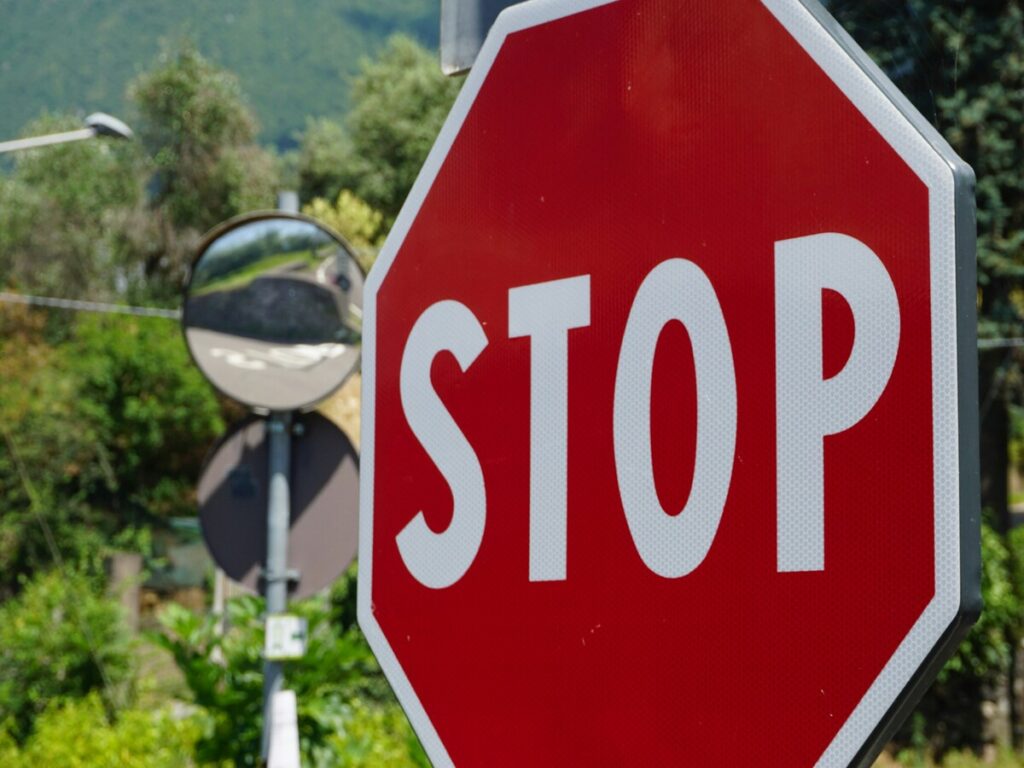
Accident Reduction
Clear stop sign design helps keep roads safe. When drivers see a good sign, they know to stop. They look for other cars or people before moving. Studies show stop signs lower crashes at crossings. In Minnesota, LED stop signs cut right-angle crashes by 42%. Drivers followed the rules more after the new signs. The table below shows how better stop signs help safety:
| Metric | Statistic | Description |
|---|---|---|
| Right-angle crash reduction | 42% decrease | After installing LED-enhanced stop signs in Minnesota intersections |
| Clear stops to non-stops ratio (before LED) | 4.2 : 1 | Driver compliance ratio before LED stop sign installation |
| Clear stops to non-stops ratio (after LED) | 10.6 : 1 | Driver compliance ratio after LED stop sign installation |
In Australia, bright and clear signs led to 25% fewer accidents. Faded signs did not work as well. Temporary stop signs at building sites cut safety problems by 30-40%. These results show stop signs help police and stop crashes.
Visibility and Design Innovations
A stop sign works best when drivers can see it well. Reflective signs help at night or in bad weather. Better reflectivity made crash rates drop by 38% in some places. High Intensity Prismatic and Diamond Grade signs last longer and shine more. The Manual on Uniform Traffic Control Devices gives rules for how bright signs must be. Tests show brighter signs are easier to spot from far away. This helps keep people safe, even those walking. The Federal Highway Administration found rear-end crashes dropped by 17.5% with better signs. These changes make roads safer and help control traffic.
Challenges in Implementation
Some regions face challenges when updating stop signs. The cost of new signs and materials can be higher, particularly when upgrading to more reflective materials for improved visibility at night. According to the Federal Highway Administration (FHWA), replacing outdated signage with new reflective materials can increase costs by 3% to 7% per sign. Additionally, local laws may require special designs or languages on stop signs, which can slow down the process of implementing updates. For instance, some municipalities in the U.S. need to pass formal ordinances or resolutions before they can install new traffic signs.
Cultural differences also play a role in how stop signs are perceived. For example, in Japan, stop signs are shaped as triangles with Japanese text, which may be unfamiliar to drivers from countries that use the standard red octagonal design. This variation can cause confusion and increase the risk of traffic accidents.
It is essential to adhere to both local and international standards to ensure road safety. Clear and standardized signs help reduce misunderstandings and ensure that all road users can recognize and follow traffic instructions, thus improving safety for everyone.
Future Trends in Traffic Signs
Smart and Digital Stop Signs
To enhance the visibility and effectiveness of stop signs, especially in low-light or adverse weather conditions, many cities are integrating advanced technologies. For instance, solar-powered LED stop signs have been implemented in rural areas to improve safety. These signs are particularly beneficial in regions lacking consistent electrical infrastructure. A study by the U.S. Department of Transportation found that 38% of fatal traffic accidents in rural areas were related to the failure or insufficient visibility of traffic signs. In contrast, solar-powered traffic signs operate independently of the grid, ensuring continuous operation even during power outages.
Additionally, adaptive traffic systems are being employed to manage traffic flow more efficiently. These systems use real-time data to adjust signal timings, reducing congestion and improving safety. For example, the Sydney Coordinated Adaptive Traffic System (SCATS) has been implemented in over 180 cities worldwide, optimizing traffic signal timings based on current traffic conditions.
Furthermore, digital stop signs equipped with sensors can detect approaching vehicles and activate flashing lights, alerting drivers to potential hazards. A pilot project in Texas demonstrated that such smart stop signs reduced accidents at rural intersections by 62%.
Technological advancements are enhancing stop sign visibility and responsiveness, improving roadway safety. In August 2025, Danbury, Connecticut implemented an AI-powered camera system to monitor stop sign violations near school buses, significantly reducing traffic accidents. This system automatically detects and records the license plates of offending vehicles, effectively curbing non-compliance and boosting safety for both pedestrians and drivers.
Sustainability and Eco-Friendly Designs
Many companies now make stop signs that are better for the planet. They use plastics that can be recycled and safe materials. Some signs have special coatings made from old products. These coatings help the sign last longer and make less rubbish. Solar panels power some portable stop signs, so they use less energy and make less pollution. Electroplating makes the sign stronger, so it does not need to be replaced as much. Lighter materials make the sign easier to move and save energy when moving them.
- Recyclable plastics and safe materials help the environment.
- Special coatings with recycled parts make signs last longer.
- Solar panels mean less need for other energy.
- Electroplating makes signs tough and cuts down on waste.
- Lighter signs save energy when they are moved.
| Metric | Reduction/Improvement | Timeframe |
|---|---|---|
| Greenhouse gas emissions reduction | 59% | Since 2005 |
| Energy consumption reduction | 55% | Since 1998 |
| Primary aluminium carbon intensity | 49% | Since 1991 |
These changes show stop signs can help protect the earth. As more places use eco-friendly signs, roads get safer and greener. Global rules also help by making sure every sign is safe and good for the planet.
Having the same stop sign design helps keep roads safe for all. Different stop signs show drivers when to stop. This makes things less confusing and safer. Studies from around the world say changing stop signs at crossings can cut crashes with people walking by 25%.
| Study | Location | Intervention | Outcome |
|---|---|---|---|
| Persaud et al. | United States | Multiway stop-sign control at urban intersections | 25% reduction in pedestrian-vehicle crashes |
Knowing about stop sign types helps everyone travel more safely. This is very helpful for drivers from other countries. New ideas and making signs the same everywhere will make roads even safer. Drivers must always check local signs to stay safe.
FAQ
What shape and colour do most stop signs have?
Most stop signs are shaped like an octagon. They are red with white letters. This design helps drivers see the sign quickly. It works even if the weather is bad or you are far away.
Why do some countries use different words on stop signs?
Stop signs are typically adapted to the local language for better comprehension. For example, Spanish-speaking countries often use “ALTO,” and French-speaking regions use “ARRÊT.” This localized approach ensures that the message is clear to all road users. Despite these linguistic differences, the shape and color remain consistent, preserving universal recognition and minimizing misunderstandings, which helps maintain safety.
How do smart stop signs improve road safety?
Smart stop signs, equipped with LED lights or motion sensors, significantly enhance visibility, especially at night or during adverse weather conditions. Studies show that these illuminated stop signs can reduce accidents by up to 30% at high-risk intersections. In busy urban environments or areas with frequent weather disruptions, these signs alert drivers more effectively, making them more likely to stop in time. By integrating these technologies, cities can improve both driver awareness and overall road safety, especially at complex intersections.
How can I get the best price for bulk stop signs?
Purchasing in bulk from OPTRAFFIC offers significant cost savings. We provide competitive wholesale pricing for large orders, helping you reduce unit costs and increase budget efficiency. The more you buy, the more you save. Contact our sales team today for a custom quote based on your specific needs and quantity.
Can I purchase customized stop signs directly from OPTRAFFIC?
Yes! OPTRAFFIC offers a range of customizable stop signs for businesses, municipalities, and contractors. Whether you need special sizes, languages, or unique reflectivity features, we can create a solution tailored to your exact needs. Our custom stop signs are made with the highest quality materials, ensuring that they perform under any condition while complying with regulatory standards. Contact us to discuss your specific requirements and get a quote for your custom order.
What are the key advantages of buying stop signs from OPTRAFFIC compared to other suppliers?
- High-quality materials for durability and performance.
- Customization options to meet your specific needs (size, reflectivity, languages, etc.).
- Compliance with MUTCD and global standards, ensuring legal adherence.
- Competitive pricing with bulk discounts and free shipping on larger orders.
- Fast turnaround for both standard and custom orders.
- Exceptional customer support to assist with your project from start to finish.
Are OPTRAFFIC’s stop signs environmentally friendly?
Yes, OPTRAFFIC is committed to sustainability. Our stop signs for sale are made from recyclable materials, and we incorporate eco-friendly coatings to extend the lifespan of our signs and reduce environmental impact. Additionally, our solar-powered options for smart stop signs help reduce the carbon footprint by using clean energy. By choosing OPTRAFFIC, you’re not just ensuring road safety—you’re also contributing to a greener planet.

